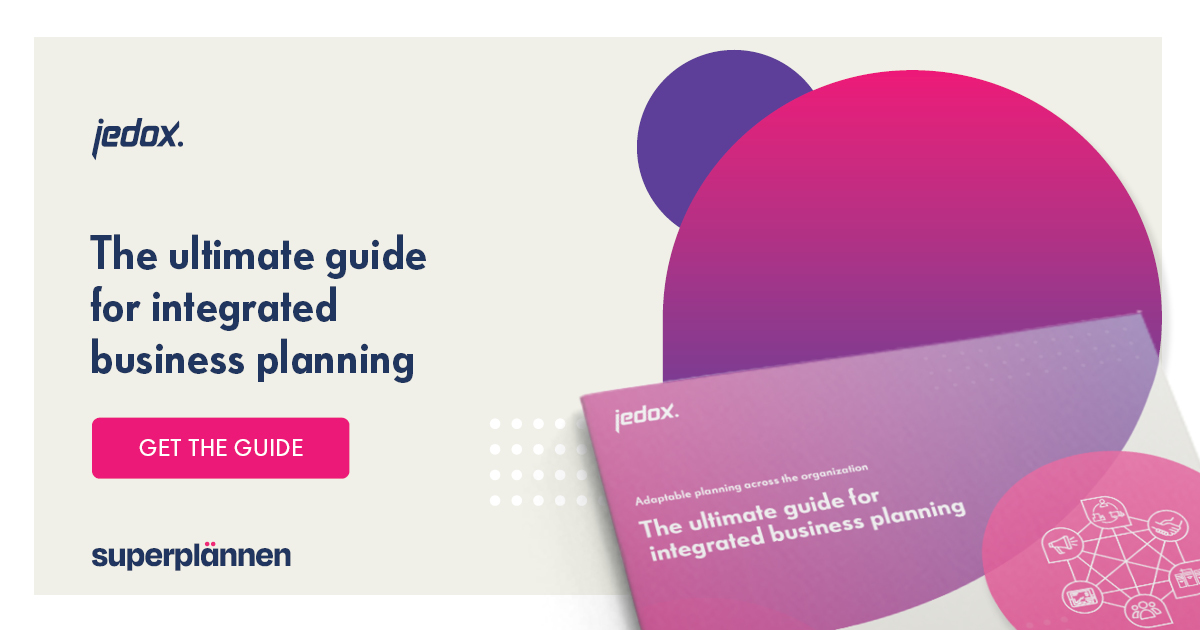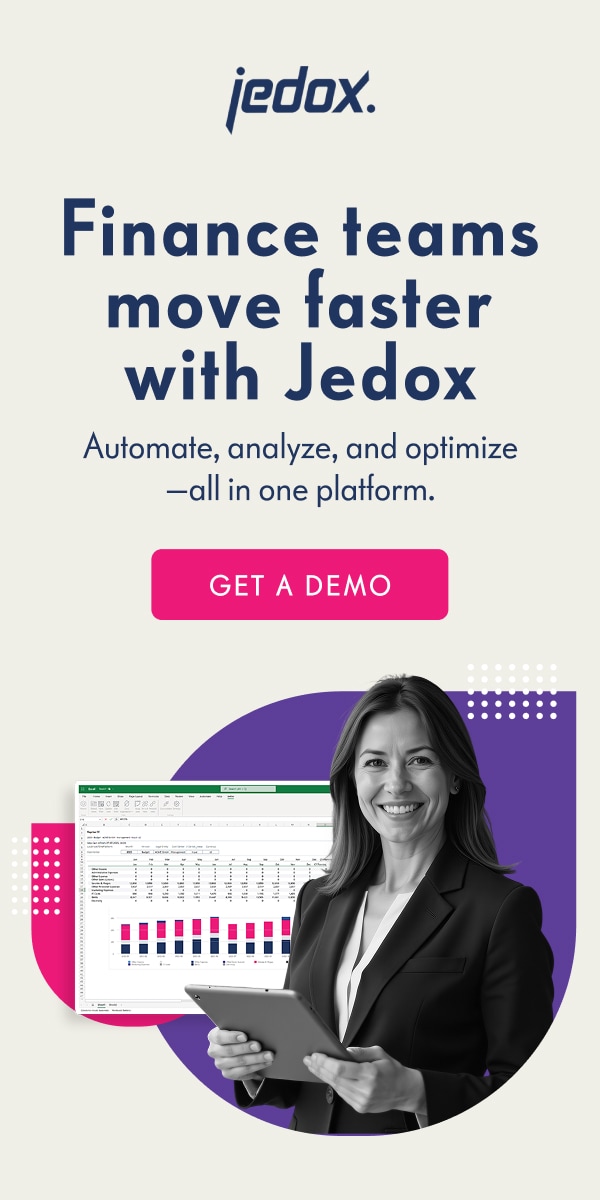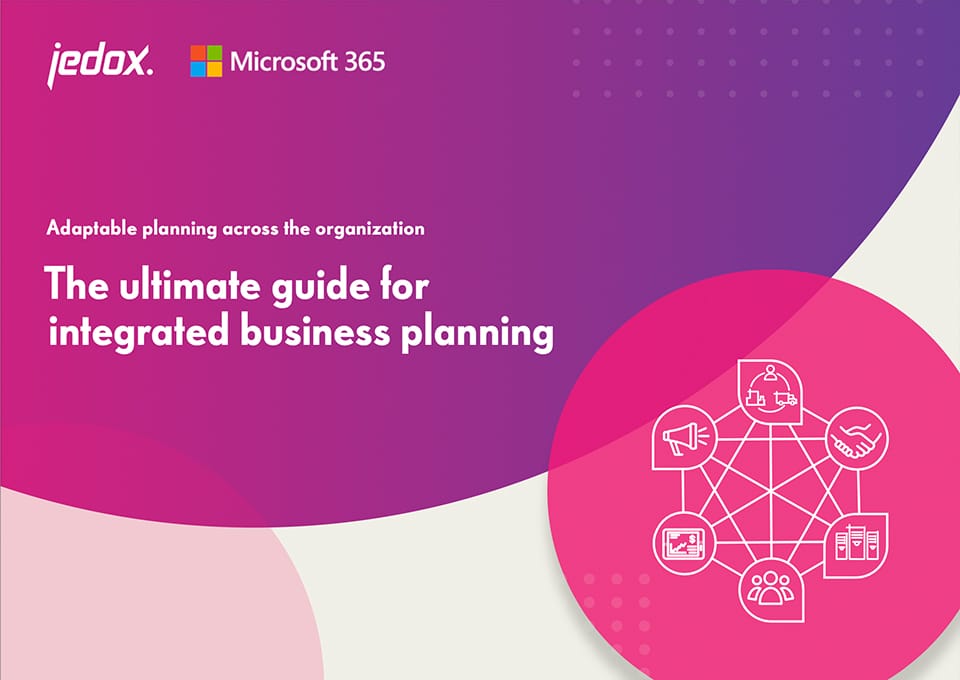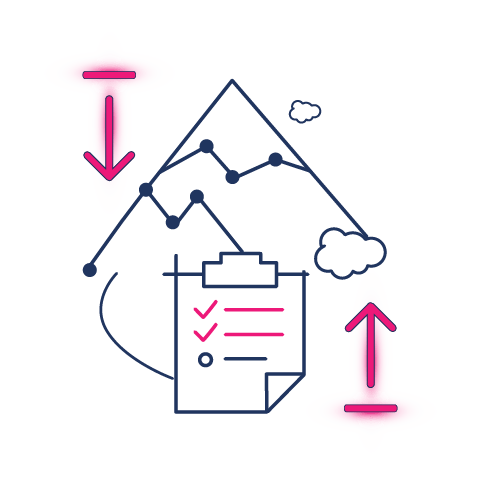
Top-down vs. bottom-up planning in enterprise performance management
- What is top-down planning?
- What is bottom-up planning?
- Top-down vs. bottom-up planning
- The countercurrent approach: Bridging strategy and execution
- Which planning model is the best fit for my company?
- Integrating top-down and bottom-up approaches in EPM
- The role of FP&A teams in balancing top-down and bottom-up approaches
- Modern planning techniques: Driver-based planning and AI integration
- Streamlining your corporate planning processes
Planning is a critical component of successful enterprise performance management (EPM). Two prevalent methodologies are top-down and bottom-up planning. While these approaches represent opposing strategies, they can be effectively combined to enhance organizational performance.
At its core, top-down planning starts with broad strategic goals and breaks them down into specific actions, while bottom-up planning builds from detailed insights at the ground level to shape overall strategy. Many businesses find success by blending these two methods, creating a dynamic and iterative planning process that balances big-picture vision with on-the-ground realities.
What is top-down planning?
In top-down planning, senior management defines overarching objectives and strategies, which are then communicated down through the organizational hierarchy. This divergent approach ensures alignment with the company’s vision and facilitates uniform implementation across departments.
What is bottom-up planning?
Conversely, bottom-up planning starts at the departmental or team level, where specific goals and plans are developed based on detailed operational insights. These plans are then aggregated to form the organization’s overall strategy, ensuring that ground-level insights inform higher-level decisions—making it a convergent approach.
Top-down vs. bottom-up planning
Top-down planning starts with high-level corporate goals that cascade down through the organization, while bottom-up planning builds from detailed departmental data to shape overall strategy. Many companies integrate both methods for a more balanced and effective approach.
- Top-down planning or retrograde planning follows a hierarchical structure where leadership sets strategic objectives, which are then broken down into subplans across departments. This ensures alignment with company-wide goals. For example, management may define growth targets based on market trends, which are then refined at each organizational level to guide execution.
- Bottom-up planning or progressive planning takes the opposite approach, starting with detailed input from departments to shape broader company strategies. Sales forecasts, production capacity, and market insights are aggregated upward to inform decision-making. This method fosters flexibility and realism, ensuring that company goals are grounded in operational realities.
| Aspect | Top-down planning | Bottom-up planning |
|---|---|---|
| Initiation level | Initiated by senior management | Initiated by individual departments or teams |
| Approach | Strategic objectives set at the top and communicated downward | Detailed plans developed at lower levels and aggregated upward |
| Flexibility | Less flexible, more rigid structure | More adaptable to operational changes |
| Employee engagement | Limited involvement from lower-level employees | High involvement, fostering ownership and motivation |
| Decision-making speed | Faster due to centralized control | Slower due to the need for consensus and aggregation |
The countercurrent approach: Bridging strategy and execution
To maximize the benefits of both top-down and bottom-up planning, many organizations use a countercurrent approach, where both methods operate simultaneously. This ensures that strategic objectives align with operational realities, improving the quality and feasibility of business plans while engaging all levels of the organization.
The concurrent approach is commonly used in integrated business planning (IBP) to define goals and develop actionable strategies for achieving them.
How does the countercurrent approach work?
- Top-down initiation: Leadership sets high-level goals and guidelines, often informed by previous bottom-up insights
- Departmental planning:
Teams use these strategic directives to develop sub-goals and actionable plans - Bottom-up refinement:
Departmental plans are consolidated and refined at higher levels to ensure feasibility - Final approval:
Leadership reviews and approves the integrated plan, ensuring alignment with company objectives
Advantages of the countercurrent approach:
- Stronger alignment:
Strategic goals and operational plans are continuously adjusted for consistency - More realistic targets:
Combining both methods results in feasible and data-driven objectives - Greater employee engagement:
Teams at all levels contribute, increasing ownership and motivation
Which planning model is the best fit for my company?
The ideal planning approach depends on your business structure, goals, and available resources. As a business leader, you must determine how much control and flexibility you need in executing key strategies. Both top-down and bottom-up planning offer distinct advantages and challenges, and many organizations find a combination of both to be the most effective.
Pros and cons of top-down planning
Let’s consider the advantages and disadvantages of top-down planning.
Advantages of top-down planning
- Ensures alignment between all departments and the company’s overall objectives
- Reduces time-consuming coordination efforts, making planning more efficient
Disadvantages of top-down planning
- Management may lack detailed insights into department-level challenges, leading to unrealistic goals
- Employees may feel less engaged in the planning process, which can impact motivation and execution
Pros and cons of bottom-up planning
Now, let’s discuss the advantages and disadvantages of bottom-up planning.
Advantages of bottom-up planning
- Employees are directly involved in the planning process, leading to higher motivation and ownership
- Plans are typically more realistic and data-driven, as they incorporate insights from operational teams
Disadvantages of bottom-up planning
- Requires significant time and coordination, which can slow down decision-making
- Subplans from different departments may conflict or lack alignment with broader company objectives
For many companies, a hybrid approach—combining the strategic alignment of top-down planning with the operational insights of bottom-up planning—provides the best balance.
Integrating top-down and bottom-up approaches in EPM
Incorporating both planning methodologies within an EPM framework allows organizations to align strategic objectives with operational capabilities. EPM tools, such as Jedox, facilitate this integration by enabling seamless collaboration between top-level executives and departmental teams.
Use case examples:
- Top-down in EPM: Senior management sets global strategic objectives, which are then cascaded to departments to develop specific action plans
- Bottom-up in EPM: Departments provide detailed data and forecasts, which are consolidated to inform and adjust the organization’s strategic direction
The benefits of top-down and bottom-up planning in EPM
Integrating top-down and bottom-up planning offers several key benefits. It enhances collaboration by fostering communication between different levels of the organization, ensuring that strategies are both ambitious and achievable.
Additionally, it improves data integration by combining high-level strategic insights with detailed operational data, creating a more comprehensive planning process. Finally, it provides real-time visibility into performance metrics, enabling businesses to make timely and informed decisions.
The role of FP&A teams in balancing top-down and bottom-up approaches
Financial planning & analysis (FP&A) teams play a crucial role in harmonizing these planning approaches. They’re responsible for budgeting, forecasting, and supporting strategic decisions by balancing top-down directives with bottom-up data.
How FP&A teams use top-down and bottom-up planning
- Accurate forecasting: Merging top-down targets with bottom-up inputs to create realistic financial forecasts
- Driver-based planning: Utilizing key business drivers to develop flexible models that can adapt to changing conditions
- Cross-functional collaboration: Working with various departments to gather data and ensure alignment with financial goals
Modern planning techniques: Driver-based planning and AI integration
As businesses navigate an increasingly complex and data-driven environment, traditional planning methods alone may not be enough. Modern techniques, such as driver-based planning and AI-assisted forecasting, provide a more agile and intelligent approach to financial and operational planning.
These methods help organizations bridge the gap between top-down strategic objectives and bottom-up data-driven insights, ensuring more accurate and responsive decision-making.
Driver-based planning
This approach focuses on identifying key business drivers—such as sales volume or production costs—and modeling their impact on financial outcomes. It serves as a bridge between top-down and bottom-up planning by linking strategic objectives to operational activities.
AI-assisted forecasting
Artificial intelligence (AI) enhances planning accuracy by analyzing large datasets to identify trends and generate predictive insights. EPM tools like Jedox incorporate AI to provide more precise forecasts and support agile decision-making.
Streamlining your corporate planning processes
Effective planning requires clear communication and coordination between central leadership and decentralized teams. Since multiple iterations are often needed before finalizing a corporate plan, businesses must find ways to streamline this process. Modern EPM software, like those used by FP&A teams, provide collaborative tools and approval workflows that reduce the time and effort required for alignment.
Want to optimize your planning approach? Learn how to integrate top-down and bottom-up planning effectively in our on-demand webinar.
What's the difference between top-down and bottom-up planning?
Top-down planning starts at the executive level, where high-level goals and budgets are set and distributed to departments. In contrast, bottom-up planning begins at the department level, with individual contributors providing detailed input that is consolidated into an overall organizational plan. Combining both approaches balances strategic alignment with operational insights.
How do top-down and bottom-up planning fit into enterprise performance management (EPM)?
EPM benefits from integrating both planning approaches. Top-down planning ensures strategic alignment across the organization, while bottom-up planning gathers detailed, actionable data from departments. EPM tools like Jedox enable seamless collaboration between these methodologies, improving accuracy and decision-making.
Which approach is better for FP&A: top-down or bottom-up planning?
Both approaches are valuable for FP&A teams. Top-down planning helps set strategic financial goals, while bottom-up planning ensures that budgets and forecasts reflect detailed operational realities. FP&A teams often use a hybrid approach, leveraging driver-based models and tools like Jedox to combine the strengths of both methods.
What is driver-based planning, and how does it relate to top-down and bottom-up planning?
Driver-based planning focuses on financial and operational drivers (e.g., sales volume, headcount) to create more accurate forecasts and budgets. It serves as a bridge between top-down and bottom-up planning, enabling organizations to align high-level strategic goals with detailed, data-driven inputs from departments.
How can technology, like EPM software, improve the planning process?
EPM software enhances planning by seamlessly integrating top-down strategies with bottom-up insights, ensuring a more cohesive and data-driven approach. These tools enable real-time collaboration, allowing teams to adjust plans dynamically while maintaining alignment with business goals. Advanced solutions like Jedox also incorporate AI-assisted forecasting and driver-based planning, which improve accuracy, agility, and decision-making, helping organizations adapt quickly to changing conditions.

